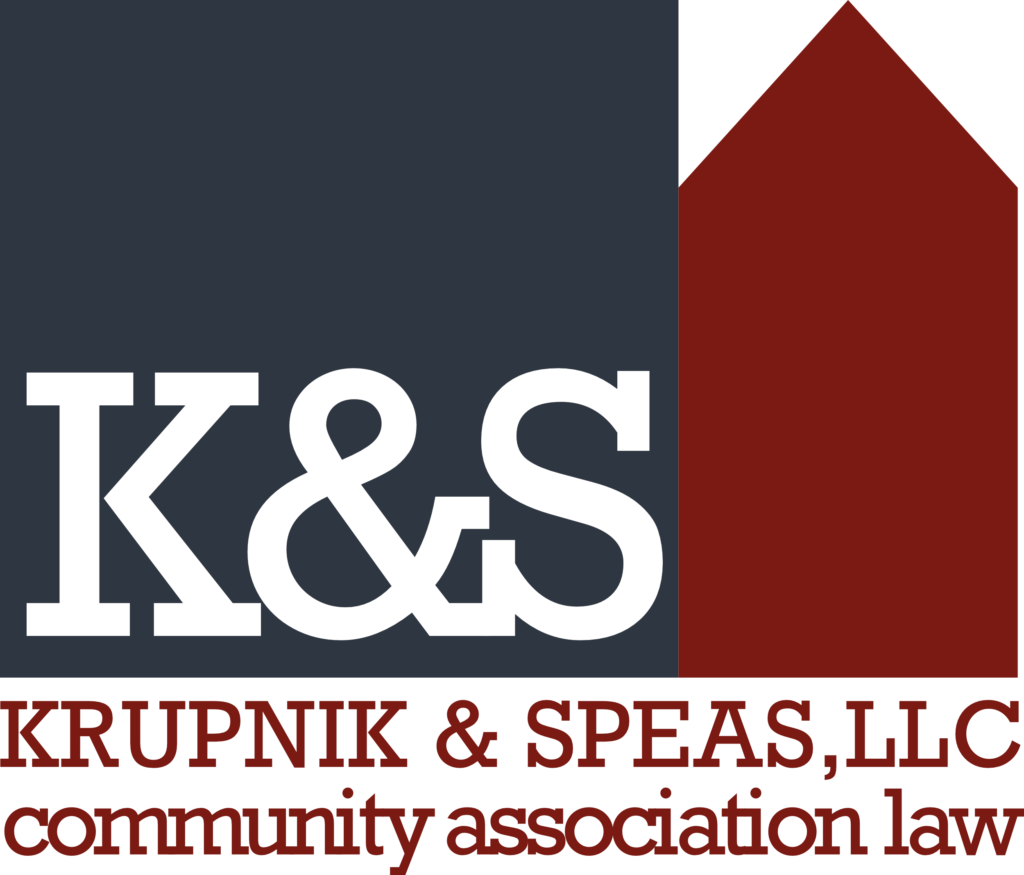For an association to be able to prohibit children from living within its community, it must follow the rules and guidelines established by the Department of Housing and Urban Development (“HUD”). The following is a summary of those guidelines:
1. At least 80% of the units must be occupied by at least one person 55 years of age or older.
(A) The association can be more restrictive than the HUD requirements, even requiring up to 100% of its units to be occupied by at least one person 55 years of age or older. However, the association must, at a minimum, comply with the 80% requirement.
(B) HUD looks at occupancy, not ownership. Therefore, it does not matter if a unit is owned by a person under 55, so long as at least one of the people occupying the unit is 55 years of age or older.
(C) HUD allows for certain units to be exempt from this requirement, such as a unit for an employee, or a unit occupied by individuals under 55 as a reasonable accommodation for persons with disabilities.
2. The association must intend and operate its facilities for persons 55 years of age or older, and must publish and adhere to policies and procedures demonstrating this intent.
(A) HUD looks to various factors to determine whether the association has complied with this requirement, including the manner in which the community is described to prospective residents, any advertising designed to attract prospective residents, written rules, regulations, covenants, deed or other restrictions, actual practices of the community, and public posting in common areas of statements describing the community as housing for persons 55 years of age or older.
(B) Avoid phrases like “adult living” or “adult community”.
(C) The association should try to provide all occupants with its rules regarding age restriction, and inform realtors of this restriction.
3. The association must verify that it complies with the occupancy requirement.
(A) The association must have a procedure of routinely determining this information, such as at the time of sale or lease of a unit.
(B) In addition, the association must perform regular updates of this information, by surveys or other reasonable means, to confirm that this information is still accurate. Such updates must be performed at least once every two (2) years.
(C) A summary of this information must be made available for inspection by any person. However, the actual information gathered does not need to be made available.

